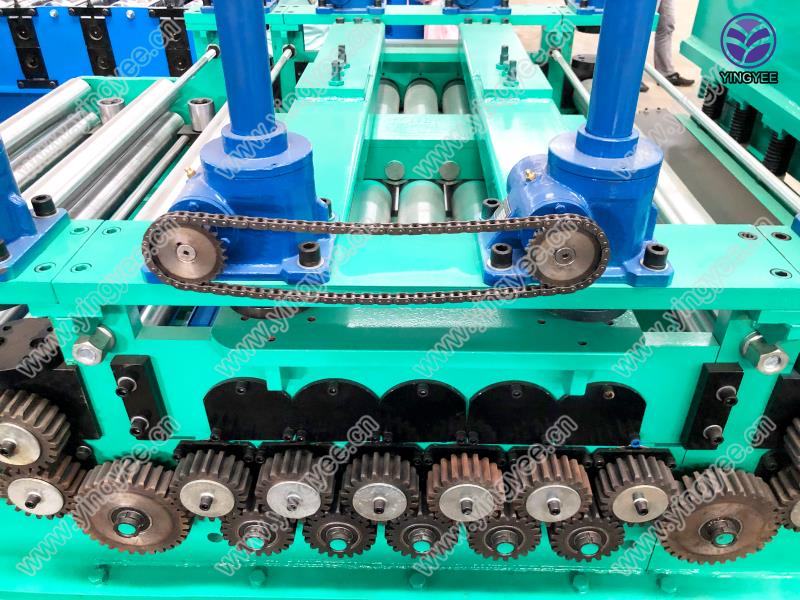
Cold roll forming is a sophisticated manufacturing process that transforms flat metal strips or sheets into complex cross-sectional shapes. This method is widely utilized in various industries, including construction, automotive, and appliance manufacturing, due to its efficiency and versatility. The process involves passing metal sheets through a series of rollers, which gradually shape the material into the desired profile at room temperature. This eliminates the need for heating, reducing energy consumption and minimizing material distortion.
The cold roll forming process begins with the selection of suitable raw materials, typically steel, aluminum, or other alloys. The chosen metal strip is uncoiled and fed through a series of precisely designed rollers that progressively shape it. Each roller is designed to impart a specific contour to the metal, and the setup can often involve multiple passes through different roller sets. The process not only ensures uniformity in dimensions but also enhances the mechanical properties of the material, making it stronger and more durable.
One of the significant advantages of cold roll forming is its ability to produce complex shapes with high accuracy. This precision is essential in industries where safety and performance are paramount. For instance, in the automotive sector, roll-formed components are often used in frame structures and body panels, as they help reduce weight while maintaining strength. Additionally, the process allows for the integration of multiple features into a single component, eliminating the need for welding or fastening, which can be time-consuming and costly.

Another benefit of cold roll forming is its high production efficiency
. Once the initial setup is complete, the process can run continuously, yielding large volumes of finished product in a short time. This efficiency, combined with lower production costs, makes cold roll forming an attractive option for manufacturers aiming to meet high demand while keeping expenses in check.Furthermore, the cold roll forming process is highly adaptable. Manufacturers can customize the rollers and tooling to create unique shapes tailored to specific applications. This flexibility enables the production of various profiles, from simple angles and channels to intricate designs used in specialized equipment.
In conclusion, cold roll forming is an essential manufacturing technique that offers numerous advantages in terms of efficiency, precision, and versatility. As industries continue to evolve, the demand for innovative and reliable components will drive the growth of cold roll forming technology. With ongoing advancements in tooling and automation, the potential for even greater efficiencies and customizability in this process is promising, making it a vital player in the future of manufacturing.